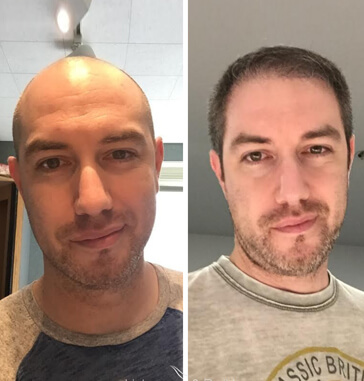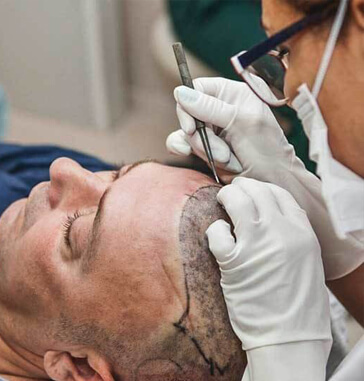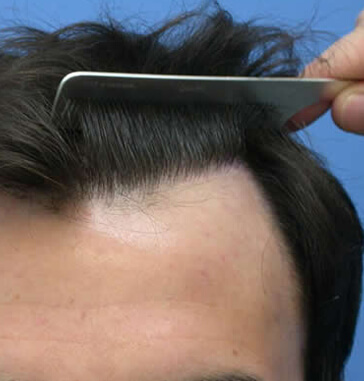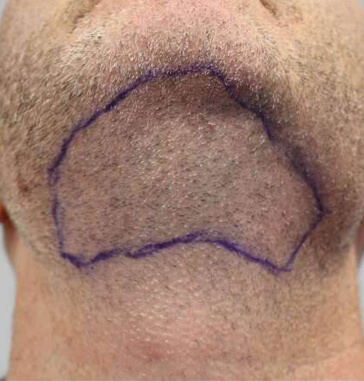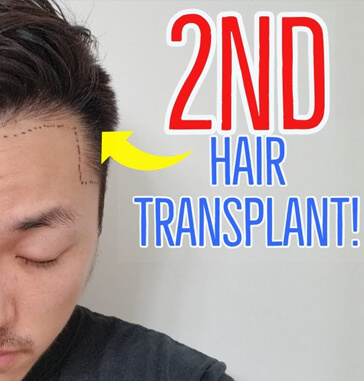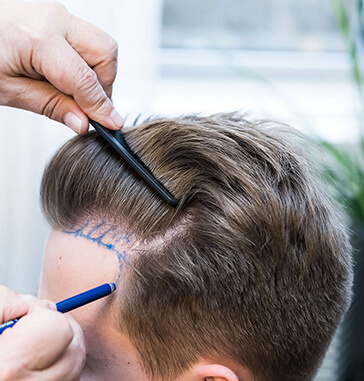What causes hair loss?
Hair loss is a common problem for both men and women, which causes psychological distress because of its effect on how people look. Most cases of hair loss are caused by hereditary reasons and hormonal issues; however, there are some autoimmune diseases, stress, certain chemotherapy drugs, and depressions that may also lead to hair loss issues. Hereditary hair loss, the most common type of hair loss,
is caused by a combination of genetic susceptibility and hormonal issues. Because the hair follicles are sensitive to an androgen hormone named DHT, the hair follicles weaken and eventually fall out.
Since this is a very widespread problem affecting a lot of people from different age groups, there are many treatment options to restore balding areas. Medications are not completely effective to stop and restore hair loss so doctors and researchers started to develop more permanent treatments. Hair transplantation is the most effective hair restoration method with permanent results for most people. In a hair transplant procedure, your doctor takes hair follicles out from the donor area and then transplant them into the balding areas. There is also an innovative treatment for hair loss: stem cell therapy.

Stem Cell Therapy For Hair loss
Stem cells are the type of cells that can produce other types of cells in the human body. So they are kind of versatile and make up various different cells throughout the body. They are used in the treatment of a variety of diseases, including cancer. Stem cells do not have a specific function and they can form into other cell types, which help heal the diseases and the damaged tissues. As they provide a successful treatment for most diseases, researchers thought that they could also work for hair loss. During stem cell therapy for hair loss, a piece of fat tissue is taken from your scalp and then the stem cells are taken out of it with a special tool. Afterward, those stem cells are injected into the balding areas in the scalp. This is quite a painless procedure applied under local anesthetics and takes about 3 hours.
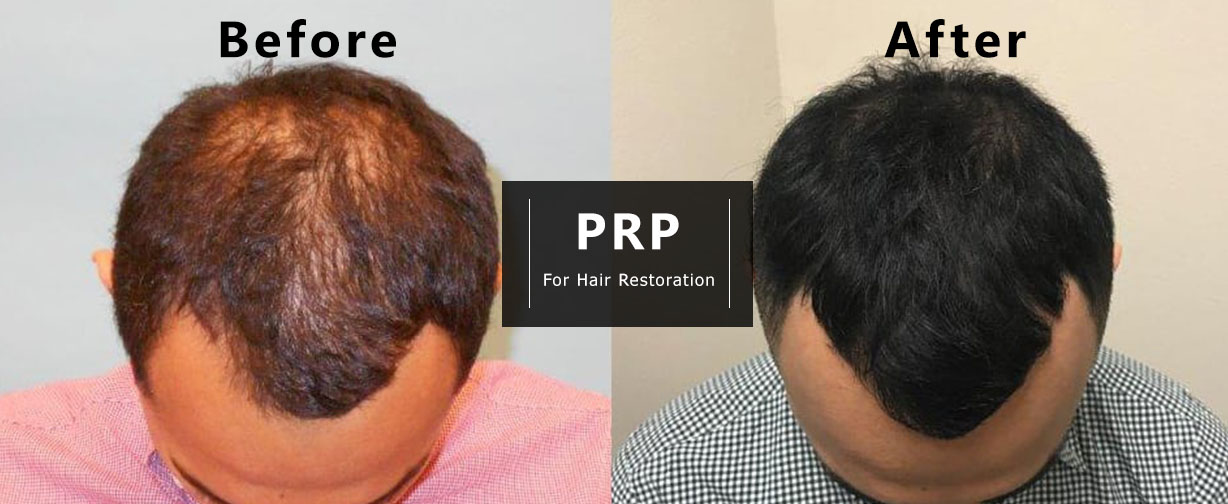
The Difference Between Stem cell Therapy For Hair Loss And PRP
Stem cell therapy and PRP are applied through the same method but they are completely different treatments. There are both applied via injections but the solutions injected are not the same. PRP stands for platelet-rich plasma. Platelets are blood components that are responsible for blood clotting. In PRP, your doctor will separate the platelet-rich plasma from your own blood and then inject it into the balding areas to nourish and help hair growth and healing due to the therapeutic growth factors it contains.
So the main difference between stem cell therapy for hair loss and PRP therapy is the solution used. They are both alternative treatments to hair transplant procedures and are considered to be advantageous as they need no surgeries and no recovery period. Even though it is not possible to guarantee that stem cell therapy will be effective to restore hair, some studies show that stem cell therapy can increase hair density by 29% in 23 weeks.
Stem Cell Therapy For Hair loss Side Effects
Stem cell therapy for hair loss is fairly a safe hair treatment method with few to no side effects. However, there will be an incision to take the fat tissue, there is a slight risk of bleeding and infection. Also, the nerves in the area of incision may be slightly damaged. There is no risk of allergic reaction as your own tissue will be used. So, apart from minor risks, this procedure is overall safe.
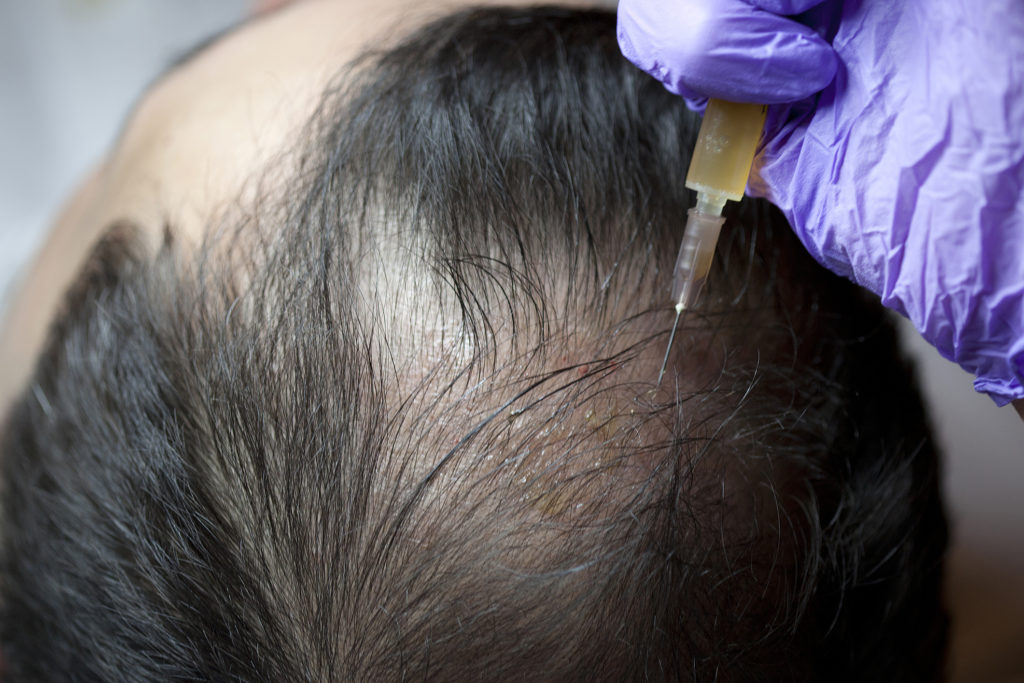
Does Stem Cell Therapy For hair Loss Work?
People who have stem cell therapy for hair loss generally give positive feedback about it. They usually say that their hair loss rate has declined and their hair is stronger in comparison. In addition to patient comments, research shows that hair density increases by 29 percent increase in 23 weeks following the treatment. Stem cell therapy seems like a plausible solution to slow down hair loss and keep the patient satisfied until a hair transplant is inevitable.

